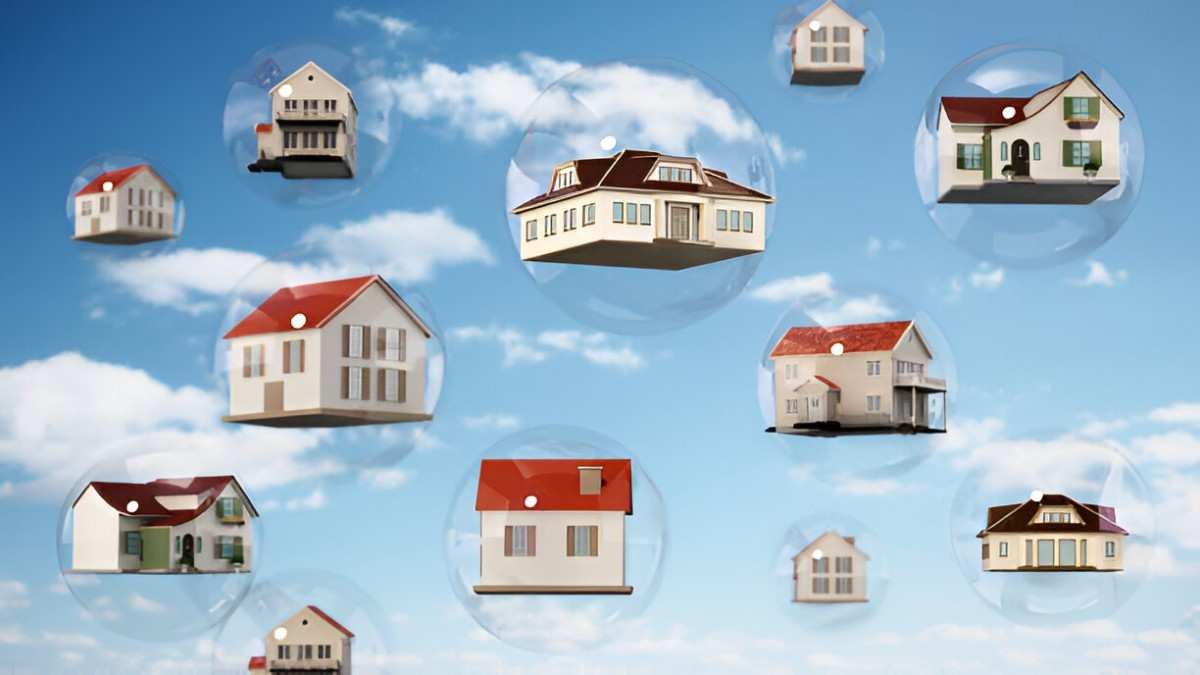Real estate bubbles have shaped economies, destroyed fortunes, and rewritten financial histories. As someone deeply immersed in finance and accounting, I find the Real Estate Bubble Theory both fascinating and critical to understanding economic cycles. In this article, I will explore the theory in depth, analyze its causes and consequences, and provide mathematical frameworks to help you grasp its intricacies. I will also draw on historical examples, particularly from the U.S., to illustrate how bubbles form and burst.
Table of Contents
What Is a Real Estate Bubble?
A real estate bubble occurs when property prices rise rapidly, driven by speculative demand rather than fundamental factors like population growth, income levels, or housing supply. This unsustainable growth eventually leads to a sharp decline, often causing widespread economic damage.
The bubble is typically characterized by three phases:
- Expansion: Prices rise steadily due to increased demand.
- Boom: Speculative buying drives prices to unsustainable levels.
- Burst: Prices collapse, leading to financial distress.
To understand this better, let’s break down the theory using mathematical models and real-world examples.
The Mathematics of Real Estate Bubbles
Price-to-Income Ratio
One of the key metrics to identify a bubble is the Price-to-Income Ratio (PIR), which compares median home prices to median household incomes. A high PIR indicates that homes are becoming unaffordable relative to incomes, a classic sign of a bubble.
\text{PIR} = \frac{\text{Median Home Price}}{\text{Median Household Income}}For example, if the median home price in a city is $500,000 and the median household income is $100,000, the PIR is:
\text{PIR} = \frac{500,000}{100,000} = 5Historically, a PIR above 3 is considered a warning sign. During the 2006 U.S. housing bubble, the PIR exceeded 5 in many regions, signaling severe overvaluation.
Price-to-Rent Ratio
Another useful metric is the Price-to-Rent Ratio (PRR), which compares the cost of buying a home to the cost of renting a similar property. A high PRR suggests that buying is overvalued relative to renting.
\text{PRR} = \frac{\text{Median Home Price}}{\text{Annual Rent for a Comparable Property}}For instance, if a home costs $400,000 and the annual rent for a similar property is $20,000, the PRR is:
\text{PRR} = \frac{400,000}{20,000} = 20A PRR above 15 often indicates a bubble. During the 2006 bubble, the U.S. national PRR peaked at 18.
Speculative Demand and the Role of Leverage
Speculative demand is a hallmark of real estate bubbles. Investors buy properties not for their intrinsic value but with the expectation of selling them at a higher price. This behavior is often fueled by easy access to credit.
The Loan-to-Value Ratio (LTV) measures the amount of debt used to finance a property relative to its value. High LTV ratios indicate excessive leverage, which can exacerbate a bubble.
\text{LTV} = \frac{\text{Mortgage Amount}}{\text{Property Value}}For example, if a buyer takes out a $300,000 mortgage on a $400,000 home, the LTV is:
\text{LTV} = \frac{300,000}{400,000} = 75\%During the 2006 bubble, LTV ratios often exceeded 90%, as lenders relaxed underwriting standards.
Historical Examples of Real Estate Bubbles
The U.S. Housing Bubble (2006-2008)
The most recent and impactful real estate bubble in the U.S. occurred in the mid-2000s. Several factors contributed to this bubble:
- Lax Lending Standards: Subprime mortgages were offered to borrowers with poor credit histories.
- Speculative Buying: Investors flipped properties for quick profits.
- Securitization: Mortgages were bundled into mortgage-backed securities (MBS), spreading risk across the financial system.
When home prices peaked in 2006, the bubble burst, leading to a wave of foreclosures and the 2008 financial crisis.
The Japanese Asset Price Bubble (1980s)
Japan’s real estate bubble in the 1980s is another instructive example. Property prices in Tokyo skyrocketed, driven by speculative buying and easy credit. At its peak, the Imperial Palace in Tokyo was valued higher than the entire state of California.
The bubble burst in 1991, leading to a “lost decade” of economic stagnation.
Socioeconomic Factors Contributing to Bubbles
Demographic Trends
Population growth and urbanization can drive demand for housing. However, when demand outstrips supply, prices can rise unsustainably. For example, cities like San Francisco and New York have experienced rapid price increases due to limited land availability and high demand.
Interest Rates
Low interest rates make borrowing cheaper, increasing demand for housing. The Federal Reserve’s decision to lower interest rates in the early 2000s played a significant role in fueling the U.S. housing bubble.
Government Policies
Policies that promote homeownership, such as tax deductions for mortgage interest, can also contribute to bubbles. While well-intentioned, these policies can distort market dynamics.
The Role of Behavioral Economics
Human psychology plays a crucial role in bubble formation. Concepts like herd behavior and irrational exuberance explain why investors continue to buy overvalued assets.
For example, during the 2006 bubble, many buyers assumed that prices would keep rising indefinitely, ignoring warning signs.
Identifying and Preventing Bubbles
Early Warning Indicators
To identify potential bubbles, I recommend monitoring the following indicators:
- Price-to-Income Ratio: A PIR above 3 is a red flag.
- Price-to-Rent Ratio: A PRR above 15 suggests overvaluation.
- Inventory Levels: Low inventory can indicate speculative buying.
Policy Measures
Governments and central banks can take steps to prevent bubbles, such as:
- Tightening Lending Standards: Higher down payment requirements can reduce speculative buying.
- Raising Interest Rates: Higher rates can cool overheated markets.
- Increasing Housing Supply: Building more homes can address supply shortages.
Conclusion
Real estate bubbles are complex phenomena driven by a mix of economic, psychological, and policy factors. By understanding the underlying mechanisms and monitoring key indicators, we can better anticipate and mitigate their impact.





